| |
|
|
Botanical Name |
: |
Tanacetum vulgare Linn. |
English
Name |
: |
Tansy |
Synonym(s) |
: |
Chtrysanthemum vulgare (Linn.) Bernh., Chrysanthemum tanacetum Karsch., Tanacetum audiberti DC. |
Family |
: |
Asteraceae |
| |
General Info
| Description |
 |
|
A strong-smelling, aromatic herb, arising from a creeping, stoloniferous rootstock, 30-75 cm high. Leaves 15-25 cm long, oblong, pinnatisect, segments lanceolate, acute, sharply toothed; flower-heads yellow, in dense flattopped corymbs; achenes greenish white, 1.5 mm, cylindrical-obovoid, pappus minute. |
| Herb Effects |
 |
|
Abortifacient, vermifuge (essential flower and leaf oil); tonic, stimulant, emmenagogue, diaphoretic and insect-repellent (decoction of dried leaves and flowertops) |
Chemistry
| Active Ingredients |
 |
|
Beta-thujones (essential oil); 1,8-cineole, camphor, chlorogenic acid, vibernitol (leaf); terpinoids (aerial part); alpha-pinene, alpha-terpinene, apigenin, borneol, bornyl-acetate, caffeic acid, caryophyllene, chlorogenic acid, eupatilin, gamma-terpinene, parthenolide, piperitone, quercetin (plant) |
| Chemistry
of Active Ingredients |
 |
|
|
 |
Name |
CAS# |
IUPAC Name |
Formula |
Structure |
 |
|
| beta-Thujone |
1125-12-8 |
2-methyl-5-propan-2-
yl-bicyclo[3.1.0]hex
an-3-one |
C10H16O |
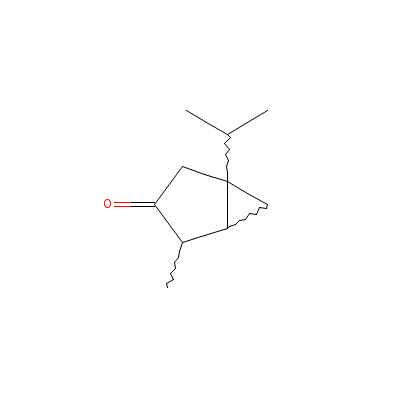
|
| Chlorogenic acid |
327-97-9 |
3-[3-(3,4-dihydroxyp
henyl)prop-2-enoylox
y]-1,4,5-trihydroxy-
cyclohexan
e-1-carb
oxylic acid |
C16H18O9 |
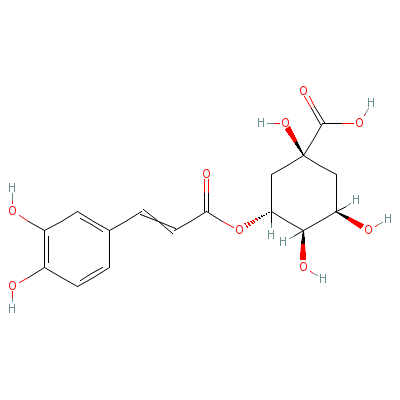
|
| Caffeic acid |
Not Available |
3-(3,4-dihydroxyphen
yl)prop-2-enoic acid |
C9H8O4 |
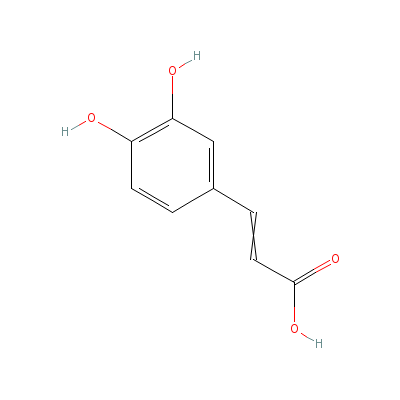
|
| Parthenolide |
29552-41-8 |
Not Available |
C15H20O3 |
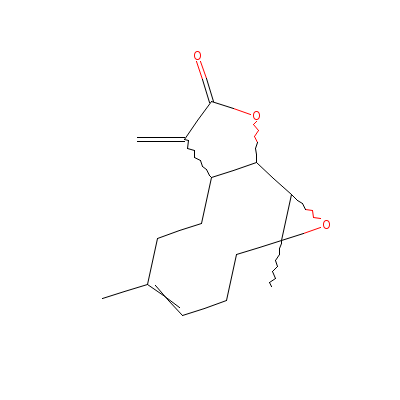
|
| 1,8-Cineole |
8024-53-1 |
2,2,4-trimethyl-3-ox
abicyclo[2.2.2]octan
e |
C10H18O |
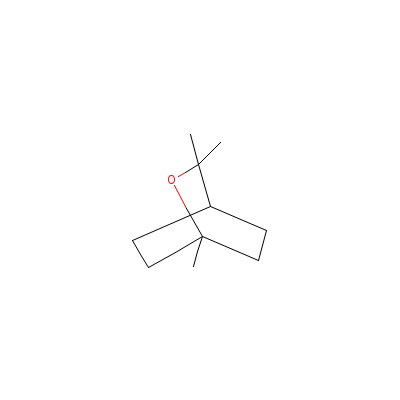
|
| Camphor |
8022-77-3 |
1,7,7-trimethylnorbo
rnan-2-one |
C10H16O |
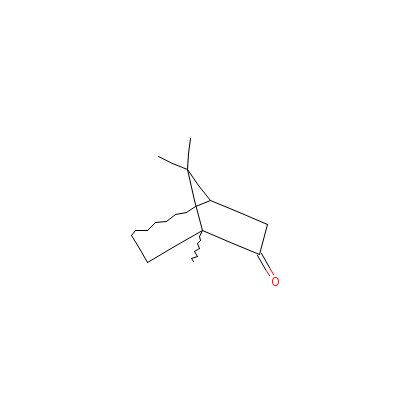
|
| alpha-Pinene |
80-56-8 |
2,7,7-trimethylbicyc
lo[3.1.1]hept-2-ene |
C10H16 |
|
| alpha-Terpinene |
99-86-5 |
1-methyl-4-propan-2-
yl-cyclohexa-1,3-die
ne |
C10H16 |
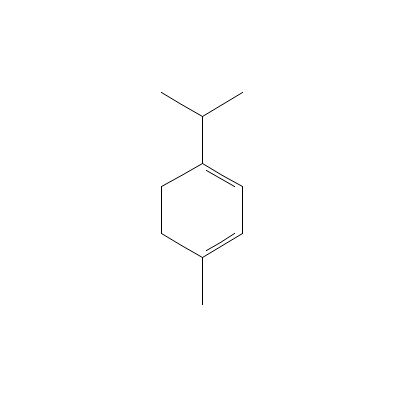
|
| Apigenin |
520-36-5 |
4,5-dihydroxy-2-(4-h
ydroxyphenyl)-chrome
n-7-one |
C15H10O5 |
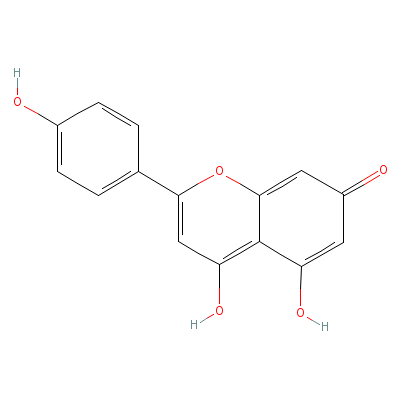
|
| Borneol |
10385-78-1 |
1,7,7-trimethylnorbo
rnan-2-ol |
C10H18O |
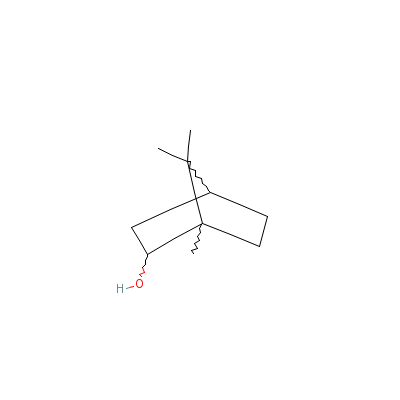
|
| Bornyl acetate |
20347-65-3 |
(1,7,7-trimethylnorb
ornan-2-yl) acetate |
C12H20O2 |
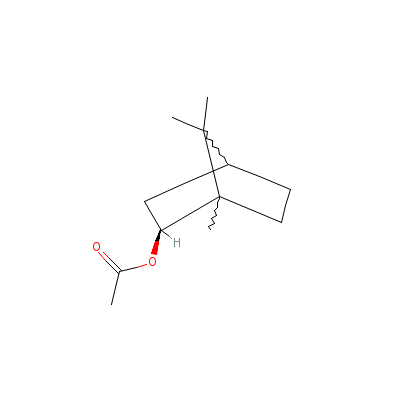
|
| Caryophyllene |
87-44-5 |
4,11,11-trimethyl-8-
methylidene-bicyclo[
7.2.0]undec-4-ene |
C15H24 |

|
| Eupatilin |
Not Available |
2-(3,4-dimethoxyphen
yl)-5,7-dihydroxy-6-
methoxy-chromen-4-on
e |
C18H16O7 |
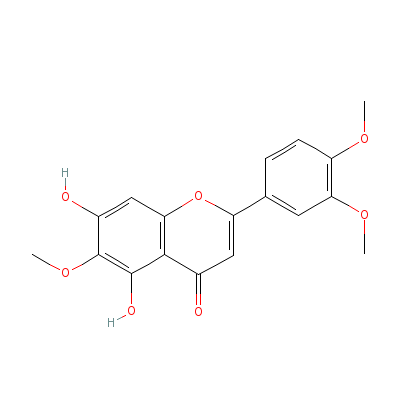
|
| gamma-Terpinene |
99-85-4 |
1-methyl-4-propan-2-
yl-cyclohexa-1,4-die
ne |
C10H16 |
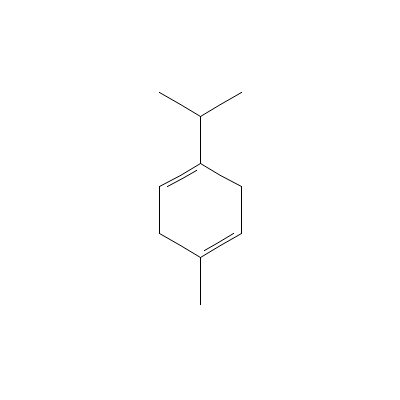
|
| Parthenolide |
29552-41-8 |
Not Available |
C15H20O3 |

|
| Piperitone |
Not Available |
3-methyl-6-propan-2-
yl-cyclohex-2-en-1-o
ne |
C10H16O |
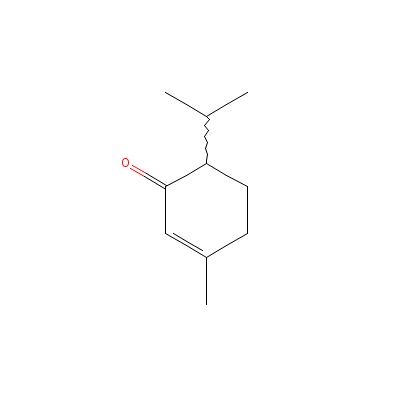
|
| Quercetin |
Not Available |
2-(3,4-dihydroxyphen
yl)-3,4,5-trihydroxy
-chromen-7-one |
C15H10O7 |
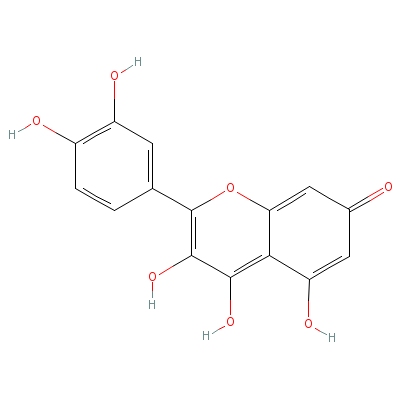
|
|
Pharmacology
| Medicinal Use |
 |
|
Rheumatism, ulcers (chronic), for gout, as an abortifacient and vermifuge (essential flower and leaf oil); maladies of the liver, gall bladder and the bile duct, in treating strangury, kidney weaknesses, in dyspepsia, with troublesome flatulence, hysteria, jaundice, fevers (plant); to treat amenorrhoea and painful dysmenorrhoea and as an anthelmintic, especially for children (leaf infusion and whole plant);in diphtheria, acute inflammations of the throat, and in epidemic catarrh (spray or inhalation of plant decoction). |
| Contraindication |
 |
|
Oil of tansy is a gastro-intestinal and nerve poison, and in overdoses has caused epileptiform convulsions, profound coma, and death by paralysis of the breathing organs (asphyxiation). Lesser doses may increase the pulse rate, dilate the pupils, and cause severe vomiting and purging with colicky pain. Doses above fifteen drops are dangerous. Most deaths have occurred from its use in attempts at abortion. |
| Reference |
 |
|
 Chandel et al., Biodiversity in Medicinal and Aromatic Plants in India. Chandel et al., Biodiversity in Medicinal and Aromatic Plants in India.
|
Dealers
Products
|
|